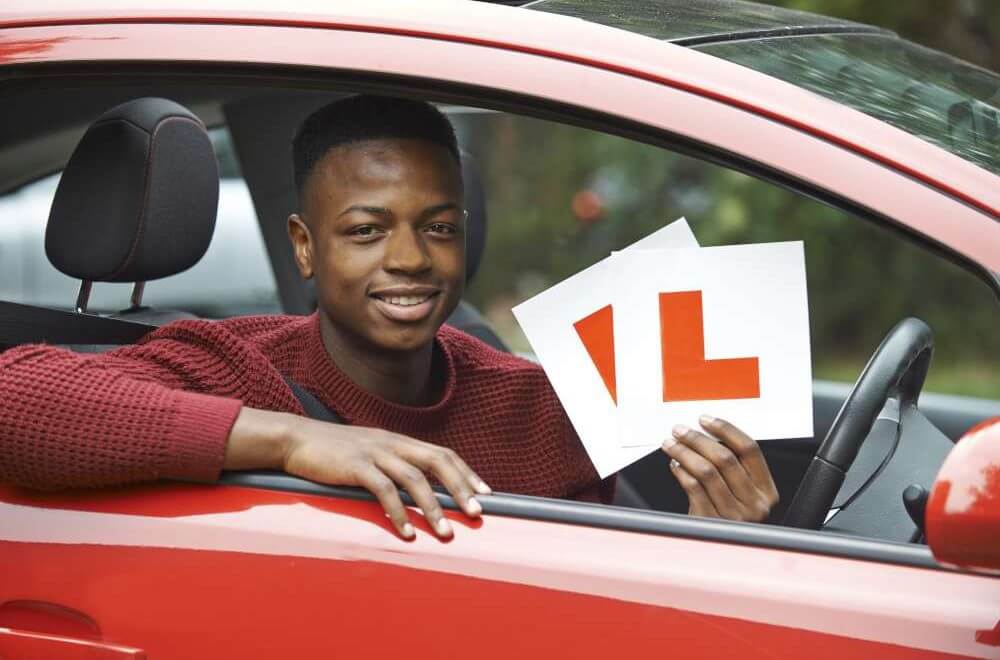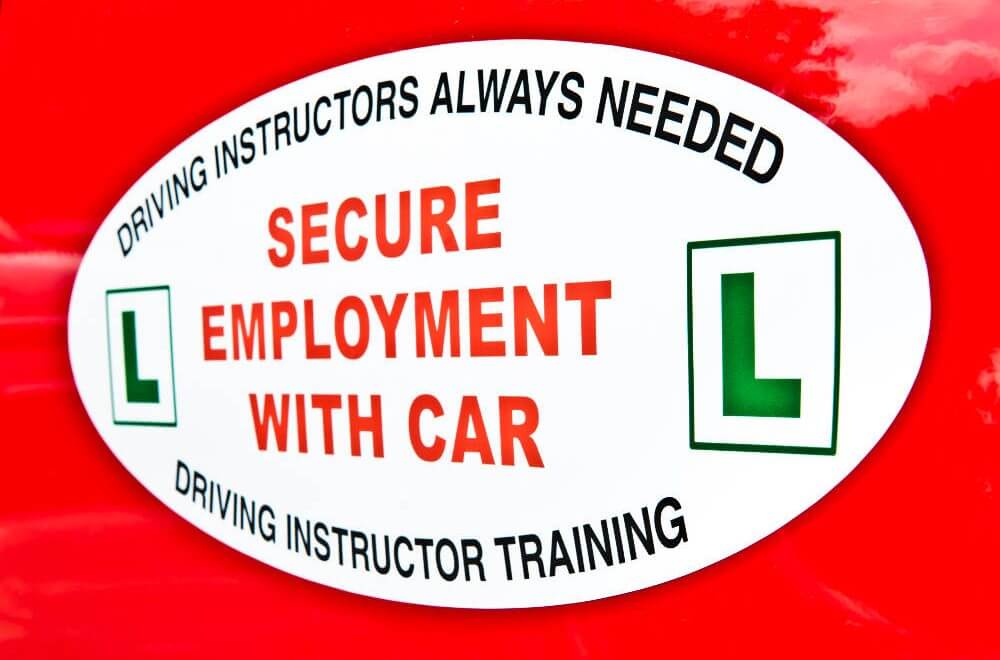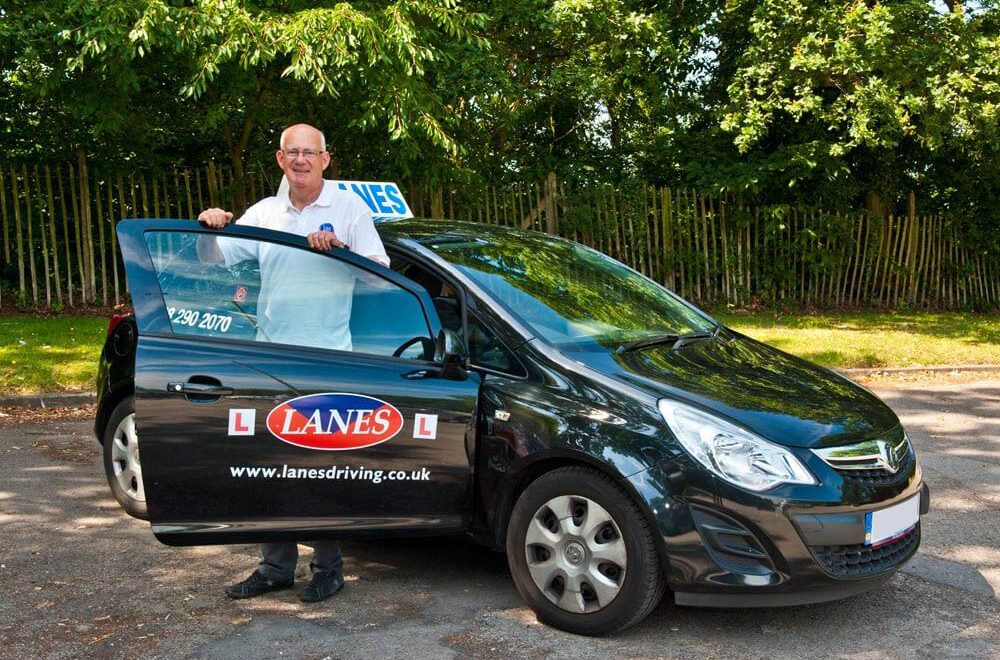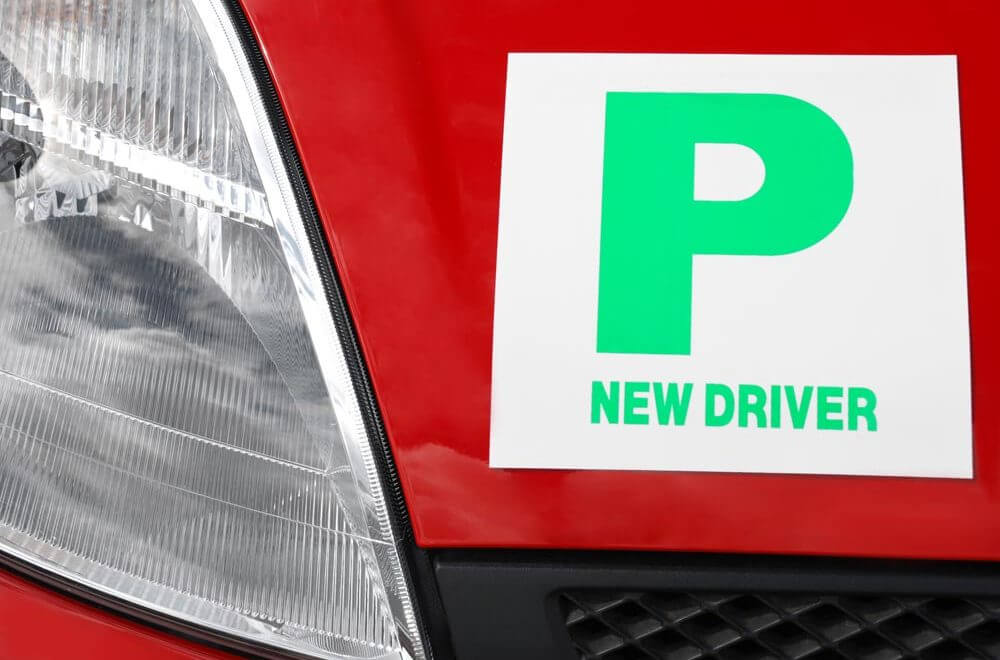Why learner drivers should be allowed to drive on motorways
Q & A: Is the government right to propose that learner drivers should be allowed to drive on motorways?
On the 30th of December 2016, the government announced a public consultation on proposals to allow learner drivers to take driving lessons on motorways “accompanied by a fully-qualified approved driving instructor, in a car which has dual-controls”. We have looked at these proposals and tell you more about them, below;
Q. What are the problems with the current arrangements?
A. The current regulations are restrictive. They prevent drivers driving on the motorway until they have passed the driving test. The problem with this is that motorway driving can, at times, be very different to driving on other types of roads. The speed and volume of traffic can be intimidating for new drivers and the process of leaving and joining motorways can pose problems. Furthermore, the more and varied situations learner drivers experience, the better;
Q. Is the Government right?
A. The government’s proposals to allow drivers to have driving lessons on the motorway is a reasonable and practical solution to a very important problem – how to improve the skill set of newly qualified drivers when they drive on the motorway. Its an important problem compounded by the youth and inexperience of so many newly qualified drivers. As part of this consultation Road Safety minister Andrew Jones Younger reported that young drivers are currently around 5 to 7 times more likely to be killed or seriously injured compared with car drivers aged 25 or over. Motorway driving instruction could actually save lives by increasing and improving the competency of new drivers when they drive on motorways and is an appropriate response to the problems of the existing training;
Q. I thought the government’s PassPlus scheme offered motorway driving instruction
A. It does. One response to this problem was to include a motorway driving module in the driving standard agency voluntary PassPlus scheme. This is a scheme that provides an additional 6 hours of supervised driver training aimed at improving the skills of newly qualified drivers. However, PassPlus is optional, not mandatory, there is a fee involved, there is no ‘test’ and motorway driving is just one of 6 modules;
Q. So, how will things change, if the proposals are accepted?
A. The plans, if implemented, will mean that learner drivers will have the opportunity to obtain valuable experience of motorway driving, while accompanied by a driving instructor. This includes driving safely at higher speeds, leaving and joining the motorway safely, using lanes correctly, observing protocols for changing lanes and overtaking. This will improve overall road safety, not only for the learner driver but for other motorway users, as well;
Q. Are the proposals a good thing?
A. Yes. The government wants to improve the skills of new drivers to meet the challenge of motorway driving, so it makes sense to integrate motorway driving into the heart of driver training. The proposals have also been made with safety as a priority which is sensible – learner drivers must be accompanied by an approved driving instructor and the car used must be fitted with dual controls. However, under the current proposals motorway driving is voluntary. This means that learner drivers will not be required to demonstrate proficiency in motorway driving as part of the test;
This public consultation will run until 17 February 2017.











